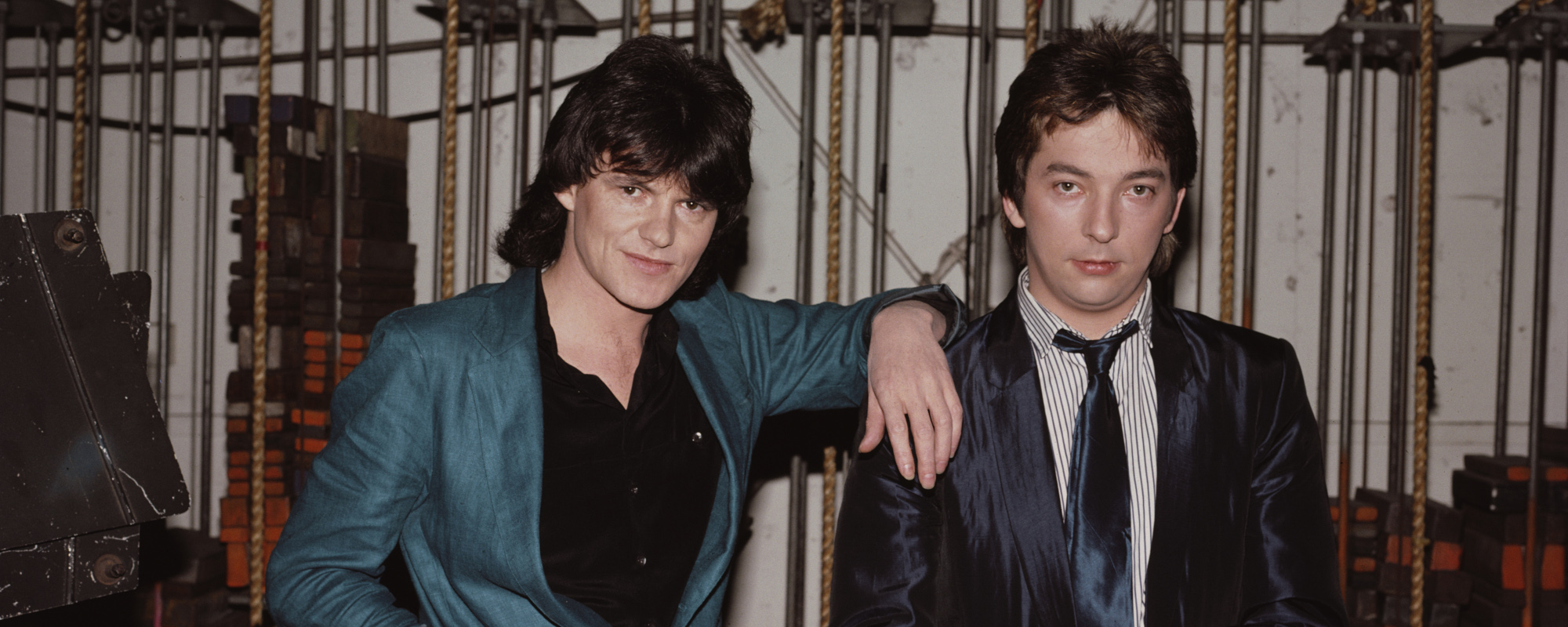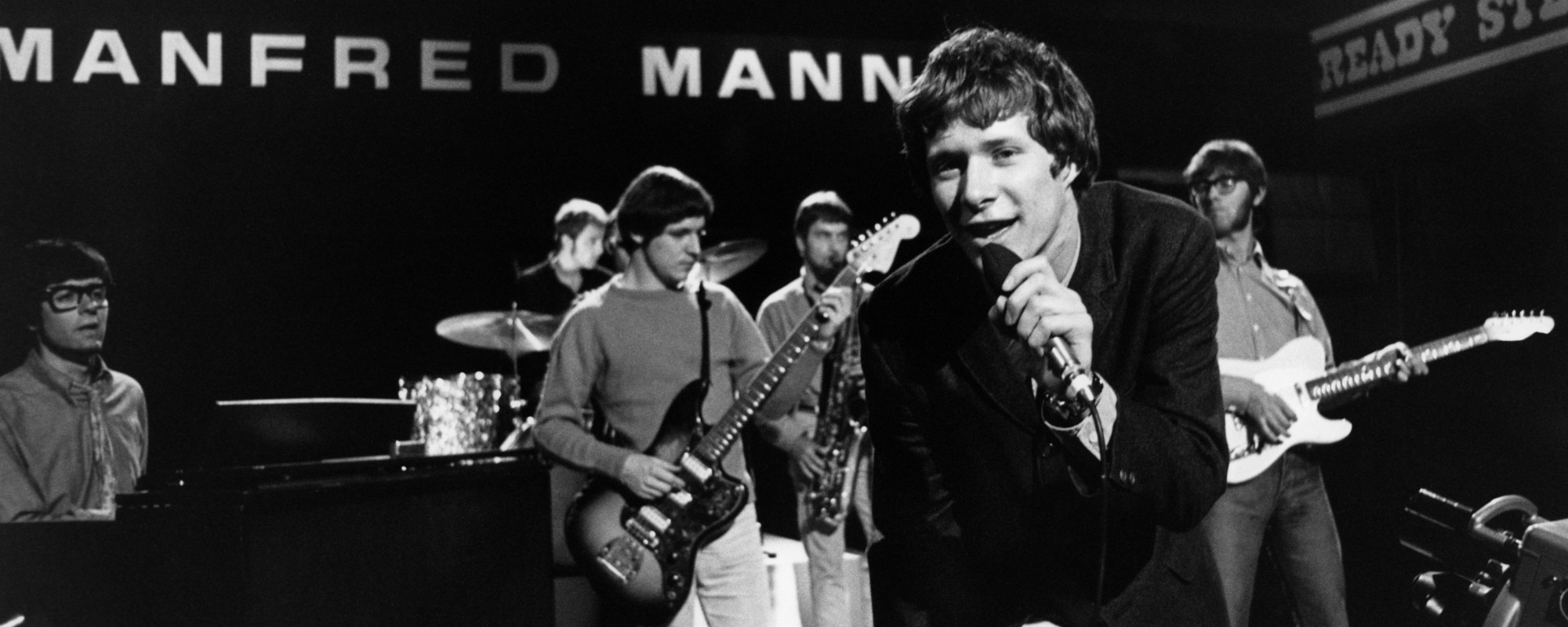It might seem odd to some that a bluegrass-oriented song would be written by a Berklee School of Music professor. After all, even though Americana artists like Gillian Welch have come through its ranks, Berklee is perhaps best known for schooling jazz and “serious” musicians, with an occasional rock player. But Mark Simos, a longtime associate professor of songwriting at Berklee, hit the jackpot when Alison Krauss and Union Station (AKUS) cut his song “Take Me for Longing” for their gold-selling New Favorite album, and again just a year later as part of their double-platinum Live album, as well as that album’s accompanying DVD.
Videos by American Songwriter
An accomplished fiddler who has written or co-written for artists like Ricky Skaggs, Del McCoury and Australian rock legend Jimmy Barnes, Simos is the writer of scores of bluegrass and Americana songs for numerous artists. He discussed how “Take Me for Longing,” a song about acceptance and honesty in a relationship, came to be part of AKUS’ discography via phone with American Songwriter.
“I met Alison actually in 1991,” Simos said. “She was about 18 and hadn’t really broken outside of the bluegrass scene at that point. I pitched a couple of songs to her that she actually held onto for about six years. The first two songs of mine that she recorded [“Deeper Than Crying” and “Find My Way Back to My Heart”] were on an AKUS album called So Long So Wrong. Alison went from being kind of a superstar in the bluegrass world to being a superstar in the country music world. Shortly after Alison recorded that album, I began working on a solo album of my own called Crazy Faith.”
“I had sent a master of my album to Alison,” he continued, “and because she had already recorded two of my songs I had sort of a relationship with her. So I wasn’t really looking at it like I was pitching songs to her. Alison was very busy, but about six months later she contacted me and said, ‘I’m sorry I haven’t gotten back to you yet, but I’m cutting two of those songs if that’s all right with you.’ And the two songs were ‘Crazy Faith’ and ‘Take Me for Longing.’ So I waited to put out my own album because I thought there might be a possibility that Alison was going to name her album – which ended up being called New Favorite – Crazy Faith, and I obviously didn’t want to name my album Crazy Faith if she was going to as well.”
“The crazy thing is that ‘Take Me for Longing’ doesn’t really sound like a bluegrass song, and it’s a testament to the kind of artist Alison is,” Simos said. “She listens to songs differently, and you can’t predict what’s going to resonate with her. She’s not an artist that you would try to write for and pitch to in the way that you might do with a typical mainstream artist. She responds, I think, very much song by song. When you listen to what they did with it, with Ron Block’s banjo intro, she turned it in to a bluegrass song, and as a songwriter, I was delighted.”
This song is a great example of how the right composition can provide a writer with mailbox money for years. “After it was on New Favorite, they added ‘Take Me for Longing’ to their live concert set,” Simos said, “and it wound up not only on their live CD but on the live DVD. So I got three cuts out of it. That song paid my mortgage for five years.”
As a teacher, player and writer, Simos is perhaps best-known for his ability to channel the sounds and feel of the past. “I’m mostly an old-time musician. I play old-time Appalachian fiddle music and I play a lot of Irish music, but most of my tunes have been recorded by bluegrass artists, and to those artists my stuff sounds very old. It sounds very archaic, and I think that’s one thing they like about my writing, that I am influenced by those older styles. I try to take those textures and write lyrics with a more contemporary feel, that’s kind of my trademark is blending those two things.”







Leave a Reply
Only members can comment. Become a member. Already a member? Log in.